41: A Guide to Dating Playing Cards
Dating is a particularly tricky but very interesting problem to tackle and there are many pitfalls.
One of the things that really irritates me is the poor dating of cards that you see over and over again on the Internet. On the other hand, it isn't an easy matter unless you are aware of some general guidelines in this area. Why does it matter? Well, most people like to know roughly when the items they're collecting were made, whatever the item may be, and there are some areas, such as postage stamps, where there is a wealth of documented detail. It also seems to me to be unfair (if not illegal) to try to persuade the unsuspecting that they have a pack of, say, 1890, when, in fact, it was made in the 1920s. This particular mistake occurs a great deal in the descriptions of Goodall cards on eBay; of course, 1890 sounds much better than 1925. So I thought a few hints and guidelines would be helpful for those who have not yet had the good fortune to see a large number of cards, something which helps to get an overview of what a particular maker made and when. One thing should be borne in mind: unless there are good reasons for giving an exact date, it is better to give a date range for any particular pack, since most examples were produced for a number of years, and in some cases a great many.
A suitable starting point would be the sources we can use in dating any particular pack. These are in essence endless: all kinds of external events can be relevant, such as the period of World War II, when in Britain there were severe restrictions on printing. So, a pack with a multicoloured back design is not a very likely candidate for the period 1940-45, except for the Worshipful Company packs. And it took several years after the war to get back to normal. But there are a number of card-internal characteristics that can be very useful as a guide to date.
To start with, here are a few guides to De La Rue, Goodall and a few, later Waddington cards with Goodall courts.
1. Pip and index types
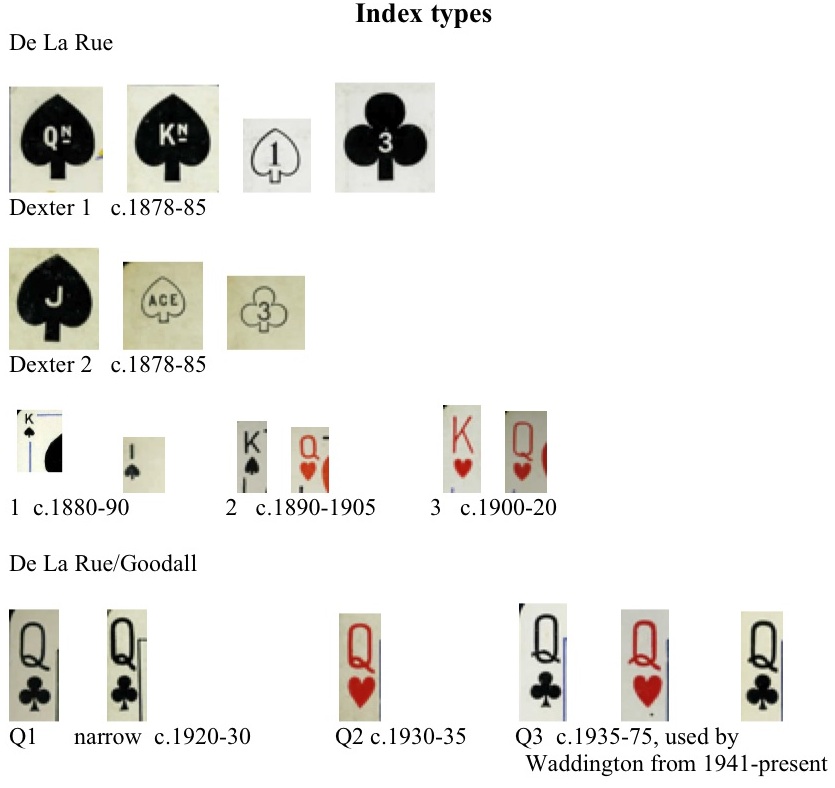
Goodall
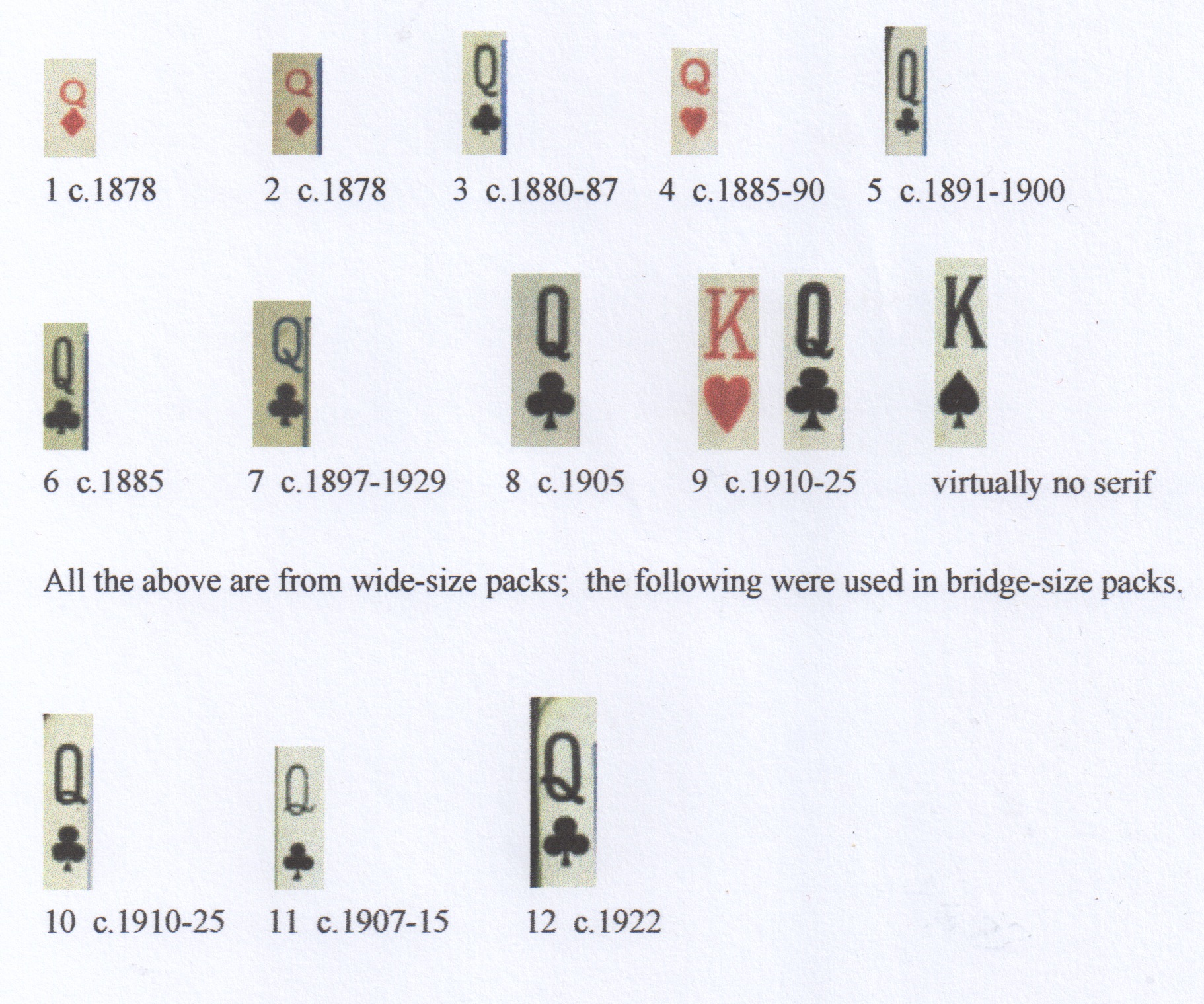
There are some very short-lived types, too. There is another type similar to Goodall's 1 and 2 above, which is slightly smaller and positioned differently, and there is another one between 3 and 5, which only seems to have been used c.1890 before 5 took over for the next 10 years. I give below the 7S index of each type: 3 - 3a - 5. 3a has no serifs and is wider than 5. I've only ever seen two packs with these indices. AS, KC, JH and back below.
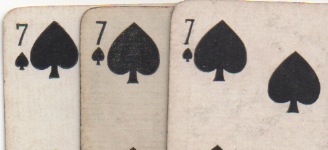
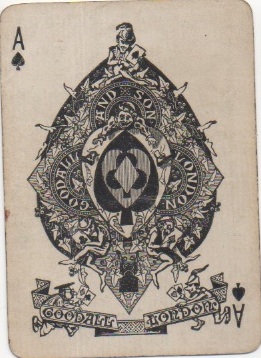
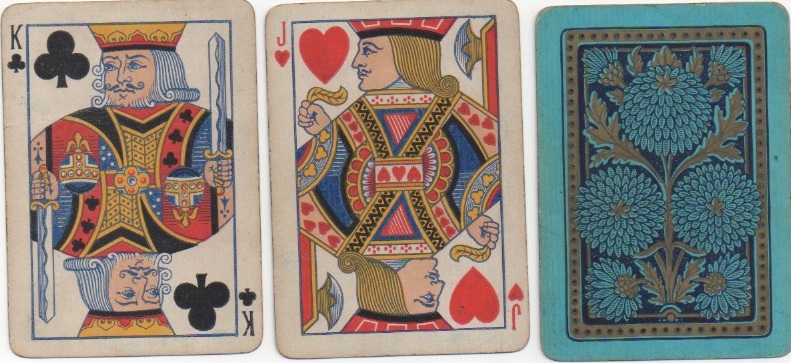
Since putting these details together, I have discovered that there are, in fact, five different types of index in the wide-size cards produced by De La Rue with GD9 courts between 1920 and 1940, rather than the three given above. On the other hand, the standard-sized cards had only three. Here are the five wide types:
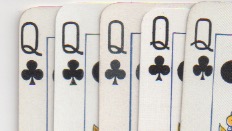 Q1/2/3/4/5
Q1/2/3/4/5
Q1: the first type, which is relatively rounded, c.1922-30
Q2: somewhat straighter at the sides and flatter top and bottom, c.1930-35
Q3: narrower than the previous types, c.1933-38
Q4: narrow with the tail going through to the left, little curve on the right, c.1936-40
Q5: wider, tail going through, more curve to the right, c.1938-40
The last one was used from 1941 by Waddington and is still used in its standard-sized cards to the present day. Why there should be so many variants in this relatively short period I can't say, though wear and tear is the obvious answer; either they were re-engraved on a complete image or they were separate on the block and could be replaced easily, as the court image remains the same. There are other index differences, too, but the Qs are the most obvious. Sometimes there are mixed index types in the same pack.
The standard-sized cards show the following use:
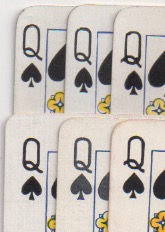 Top: Q1/2/5 with GD10; bottom: Q2 with GD11, the first smaller-framed courts, Q3 with GD12, De La Rue's second version of the smaller-framed courts, Q5, still in use.
Top: Q1/2/5 with GD10; bottom: Q2 with GD11, the first smaller-framed courts, Q3 with GD12, De La Rue's second version of the smaller-framed courts, Q5, still in use.
2. Details of the manufacturer
There are external indicators such as the postal district of the address given for Goodall's Camden Works. Before De La Rue's take-over (1921/2) it's NW; after the take-over it's EC1. Quite a move for a building!! The latter one is actually that of De La Rue's own Bunhill Row. Incidentally, numbered postal districts in London were introduced in 1917, so that's another important external piece of information for dating packs. Registered Trademark appears on the Goodall AS after the take-over from c.1925 onwards. (The earliest dated example I have of Registered Trademark on the AS is 1926.) Goodall's Camden Works were sold in 1929, so any reference to it on boxes indicates a date of manufacture earlier than that.
Then there are the known dates of the individual makers. These can be found in my book The standard English pattern and some details are on the plain backs website and elsewhere on the wopc website. The four main British manufacturers have the following dates: De La Rue 1832-1970; Goodall 1820-c.1956, though after 1922 their cards were, in fact, De La Rue products; Waddington 1922-1995, with the No1 brand being continued up to the present by Winning Moves; Universal/Alf Cooke 1925-1970. De La Rue became a limited company in 1898 and Goodall in 1897, so any indication of that status (Ltd or Limd) must be after those dates. Note, too, that any pack with Goodall courts and a Waddington AS must be after 1943, when the courts were transferred for printing by the Leeds firm after De La Rue's Bunhill Row factory was destroyed in the Blitz.
So, let's summarize:
De La Rue before becoming a limited company: 1832-98.
De La Rue after becoming a limited company: 1898-1970.
Goodall before becoming a limited company: 1820-1897.
Sample, c.1875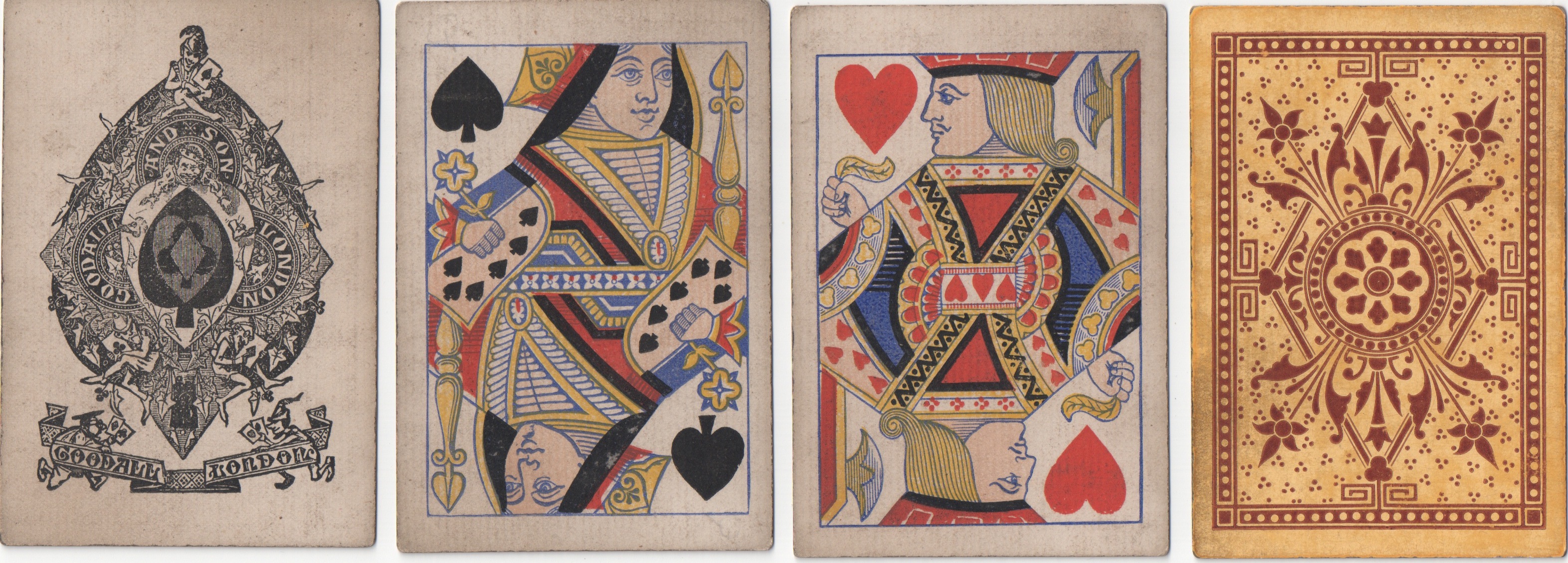
Goodall after becoming a limited company: 1897-1921.
Sample, c.1910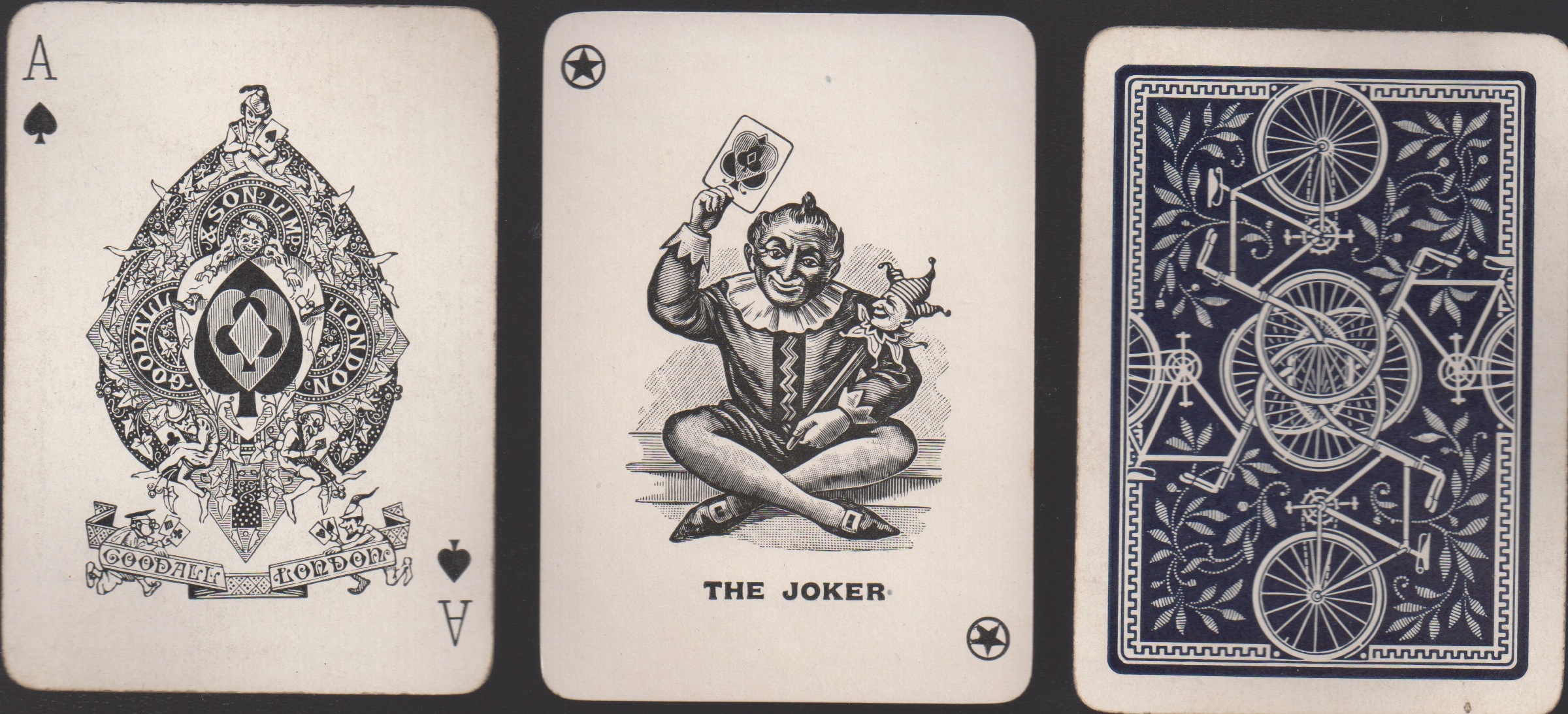
Goodall after the take-over by De La Rue: 1922-c.1956.
Samples: for Mudie with old courts (G6), c.1928, note the change to Ltd on the AS; with redrawn courts (GD9), with the late Q-index, c.1937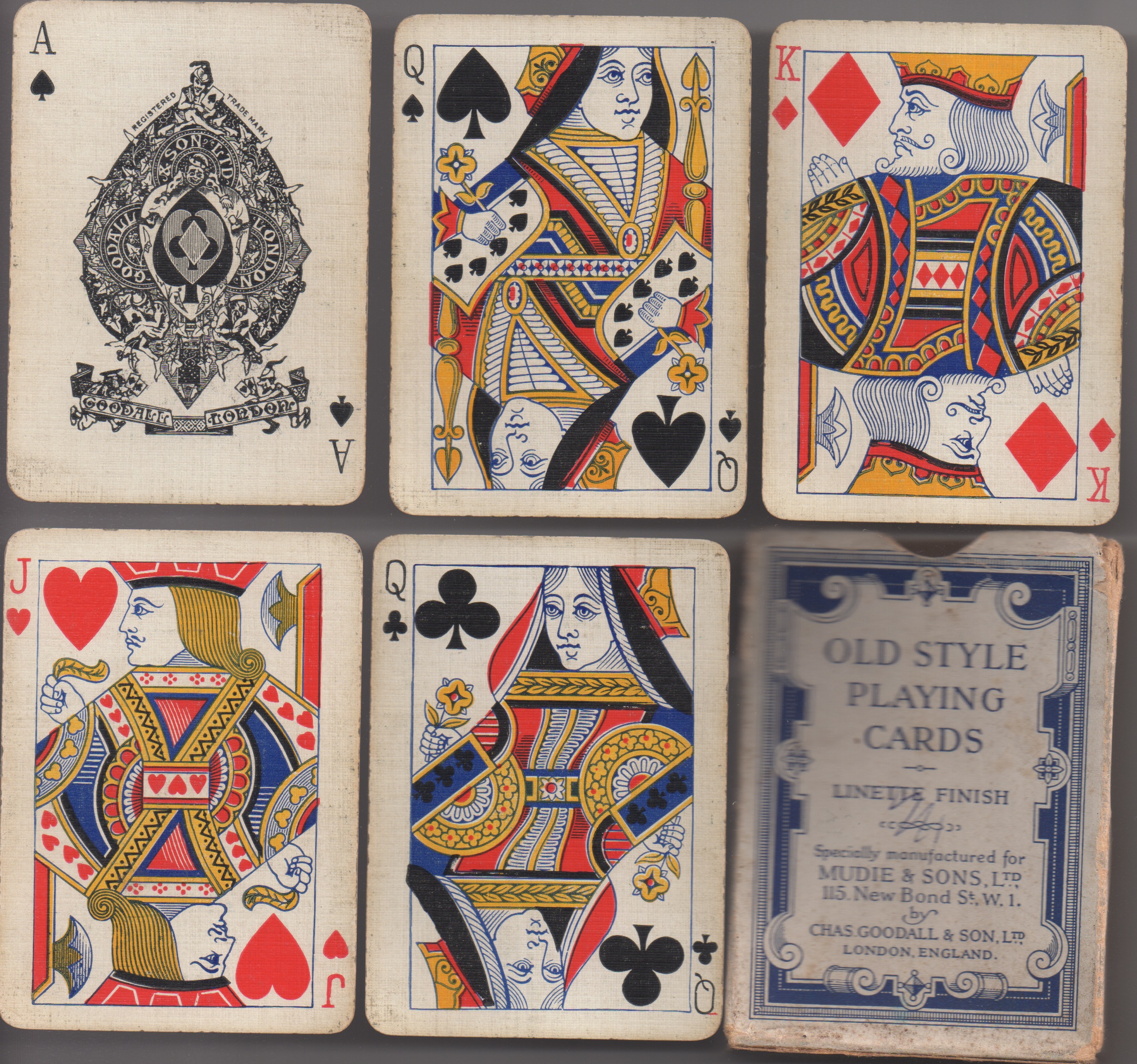

Waddington AS combined with Goodall courts: 1943-present.
Sample, c.1960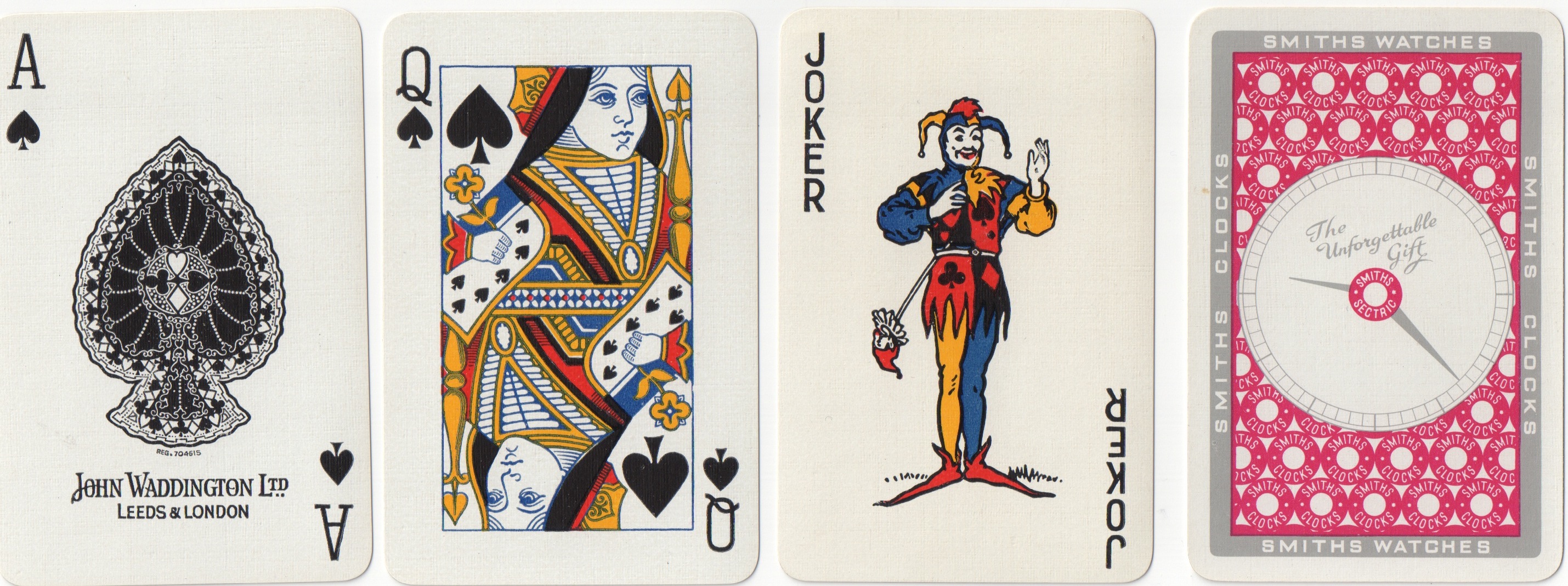
Of course, such periods are too gross and we need more details of the products of individual makers, in which case we need to look at the design of the AS and court cards, including the index type, if applicable, as shown above. The most detailed information is to be found in my book The standard English pattern (2010), of which there are several extracts on Paul Bostock's plainbacks website: https://plainbacks.com, so I won't repeat the information that is available there. There is also my page 5 on De La Rue, page 12 on Goodall and page 17 on Waddingtons►
3. Jokers
I did not deal with jokers in my book, but they can also be useful aids to identification and dating. I give a few examples below.
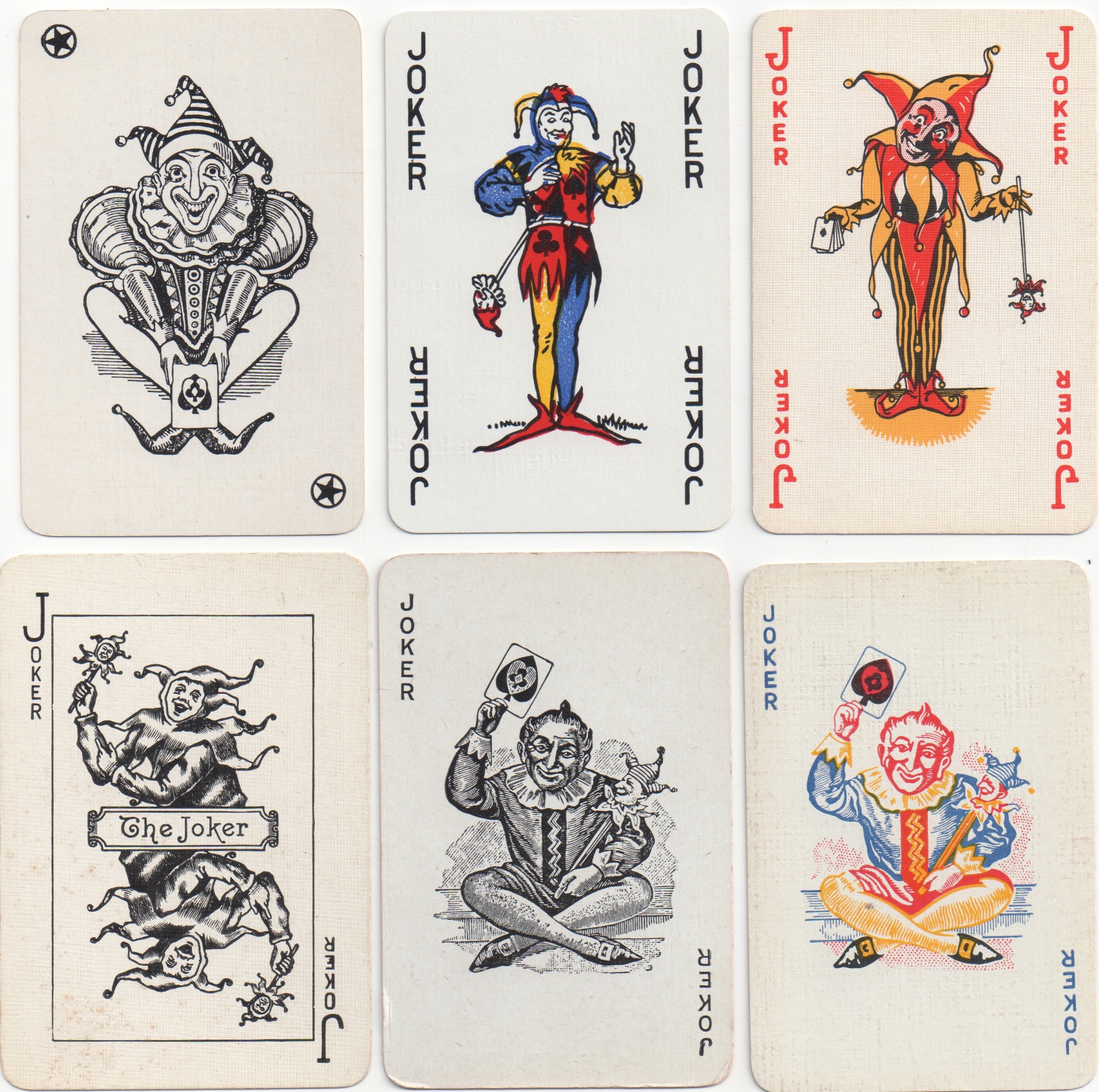
Top: Waddington's original joker, c.1923-35; Waddington's later design, printed in various versions, still in use today, c.1935 onwards; the Alf Cooke/Universal joker, printed in black and white, c.1925-35, then in three colours c.1935-70, with minor variations.
Bottom: De La Rue's design, used without a frame c.1890-1910, then with a frame. It's found with Goodall courts after the take-over, but seems to have been discontinued by c.1930; Goodall, c.1935-55, then in colour, c.1956-70. The original design goes back to the 1880s, but it seems to have been discontinued after Waddington bought out De La Rue in 1969.
4. Aces of spades
The details of English makers' ASs are given in my book and on the plainbacks website, in particular, in my contribution to the site on the right of the first page. The AS is always useful, at least for determining chronological windows. On the main part of the plainbacks website you can find dates for the different Garter aces, Old Frizzle and individual makers' ASs. Below I give a few examples of Garter ASs. John Berry put together a scheme for dating the different varieties from the existing records; the full reference to his book is on the plainbacks website. In addition, Paul Bostock and I have included an updated list of early ASs in our book Wood-block & stencil, details here►
Here are the basic types of AS to be found in 18th/19th century English packs.
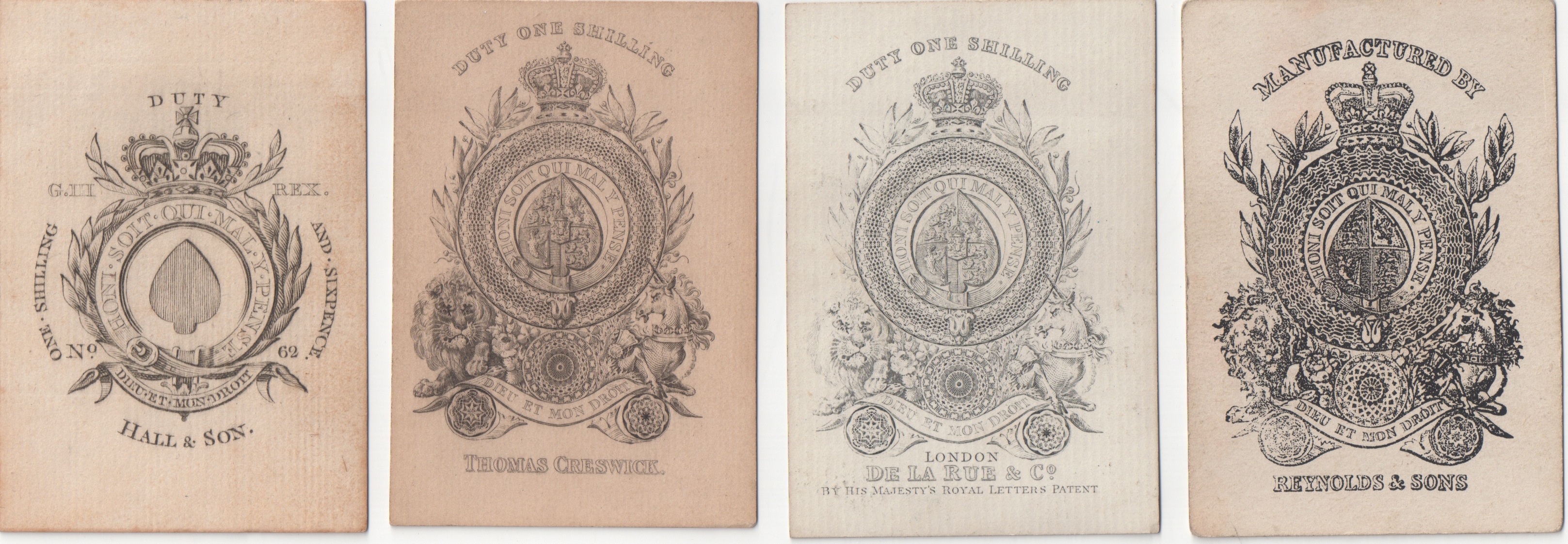
Above: From left to right: Garter AS, various versions from 1765-1828; Old Frizzle, different names, here Creswick and De La Rue, 1828-62; maker's own design, from 1862 onwards.
Note that the Old Frizzle printed for De La Rue always had By His Majesty's letters patent printed at the foot. This is a reference to William IV's granting the patent in 1831, but it does NOT mean that the cards are necessarily from his reign. The patent was proclaimed on the De La Rue AS throughout the Old Frizzle period until 1862. Reynolds' own AS, designed after 1862, was modelled closely on Old Frizzle, so do watch out for the differences. One obvious one is MANUFACTURED BY above the design rather than DUTY ONE SHILLING as on Old Frizzle. The one illustrated is for REYNOLDS & SONS (1862-1882); REYNOLDS & Co. instead means it dates at the earliest to 1882, when the firm changed its name, shortly before being taken over by Goodall.
Old Frizzle lasted from 1828 until 1862, but within that period it is possible to differentiate on the basis of court card design. For example, the Goodall Old Frizzle is part of a pack with double-ended courts (G1.1), so must date from the 1850s. More details of dates for Goodall courts can be found on page 12►
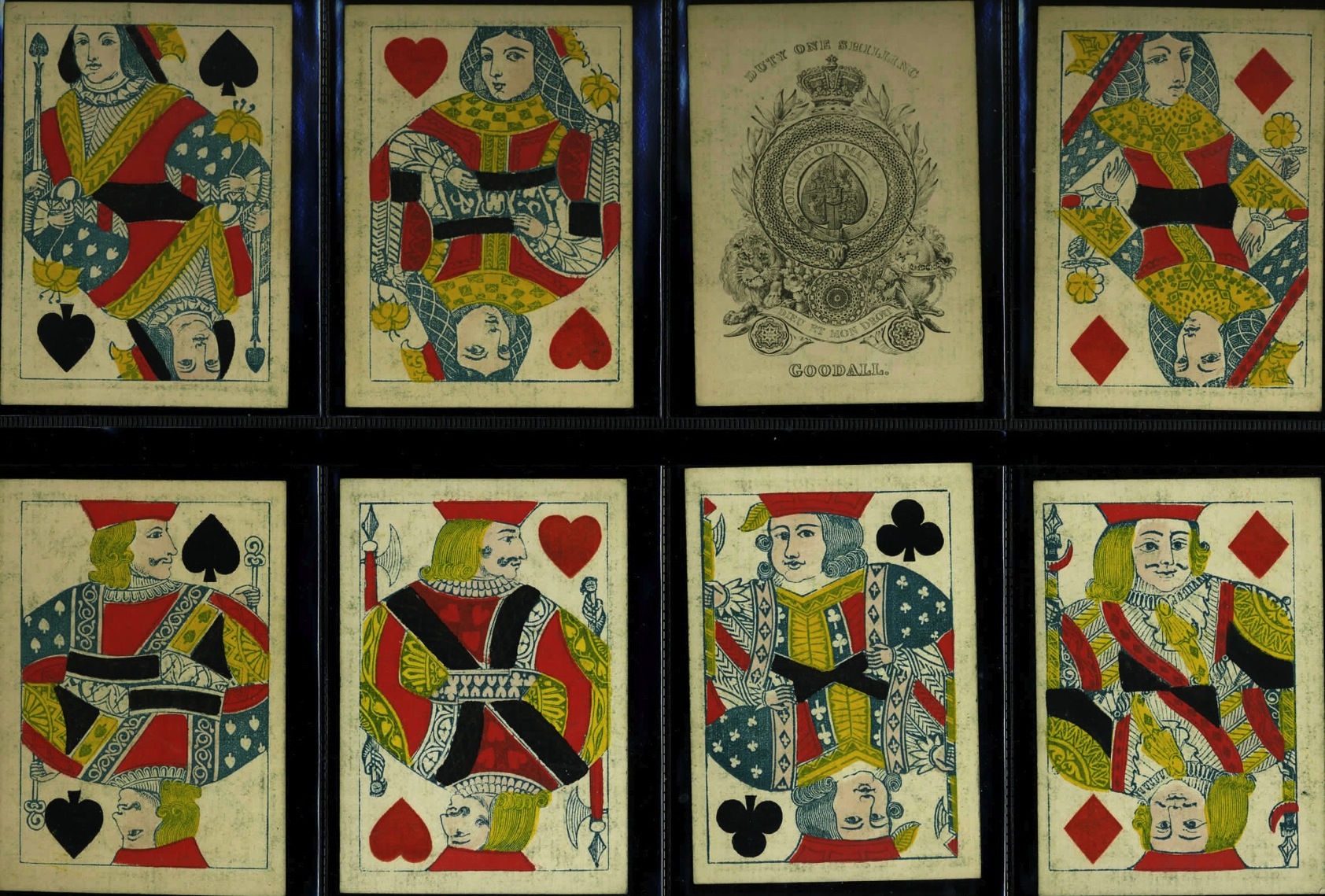
Above: Goodall, c.1855
5. Bridge score cards
In those packs where a bridge-score card has been included, we find a very useful aid to dating for a short period at any rate. If the pack contains an auction bridge score-card, it is likely to date from before 1928, when the first version of contract bridge scores was introduced. If the no trump score in contract bridge is 35 points, then the pack dates from 1928-32; if the no trump score is 40/30 alternating, then the pack dates from 1932-35; finally, from 1935 onwards the no trump score is 40 for the first trick and then 30 for the rest. Changes to the undertrick penalty scores (not vulnerable) and a score for holding four aces in no-trump hands were made in 1987.
6. Back designs
Back designs can be very helpful, but also very misleading. They cannot be used on their own to determine the date of a pack of cards. For example, we saw on page 39 that my mixed pack for Victoria and Albert clearly showed that the pack was in production for some 20 years; it's the fronts that tell us which date any particular example comes from. Dates on cards are often no guide either. If we come across a Waddington pack showing the coronation of George V and Mary of Teck dated appropriately 1910, that is the date of the coronation not the cards. These cards were sold as a pair for the celebrations of their Silver Jubilee in 1935, of which there is a picture on the other pack. Waddington wasn't even making cards in 1910. The most reliable date on the back of a pack is that of the Worshipful Company packs. Also, backs from the 1950s often have a flavour of pre-war Art Deco. Again, the fronts of the cards can guide you here: if a Waddington pack has Goodall courts, then it's from the 1950s or later, as shown above. Waddington took over the printing of all Goodall/De La Rue cards in 1941/2 after the De La Rue factory at Bunhill Row was destroyed in the Blitz.
An Exercise in Dating Packs With Owen Jones Back Designs
We know some of the dates of some of the back designs (see page 59►) and we know the approximate dates of the different types of court design (see especially page 5►), so for some packs at least we can give a fairly narrow window of dates for their production. I give a few examples below.
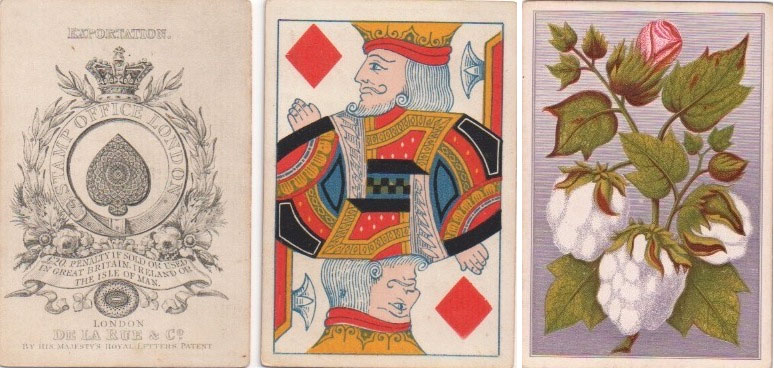
Above: Export Frizzle, D4.1, Cotton Plant, 1859-62
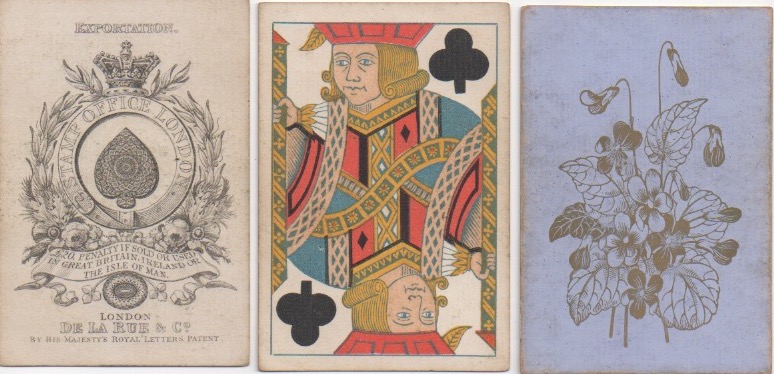
Above: Export Frizzle, D4.1, Violet, 1859-62
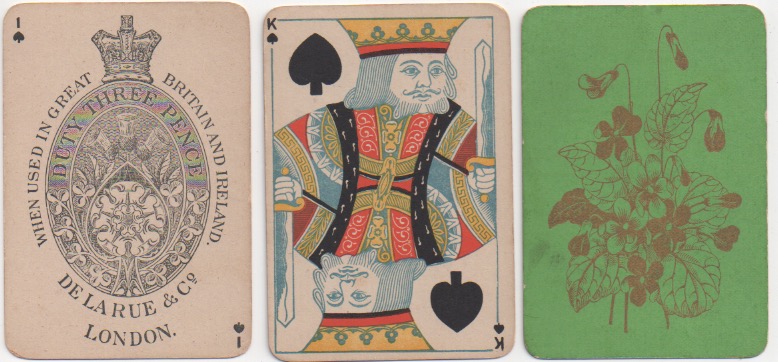
Above: D6, smallest indices, round corners, Violet, c.1885-90
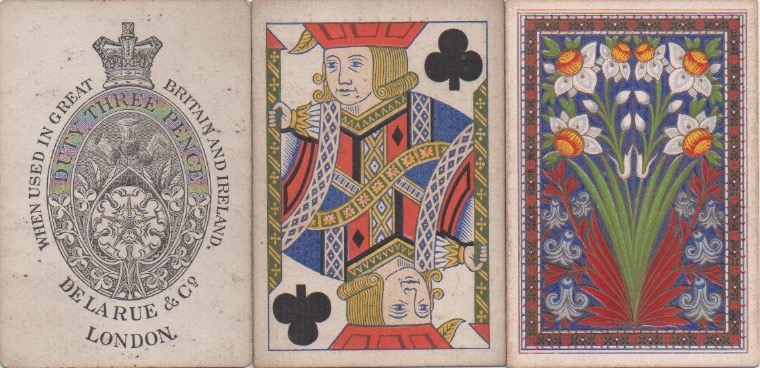
Above: D5, Indian Jonquil, c.1865-72
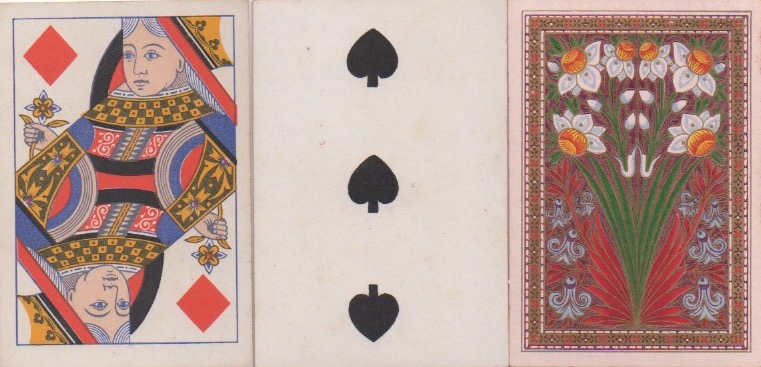
Above: D6, double-ended numbers, Indian Jonquil, c.1875-82
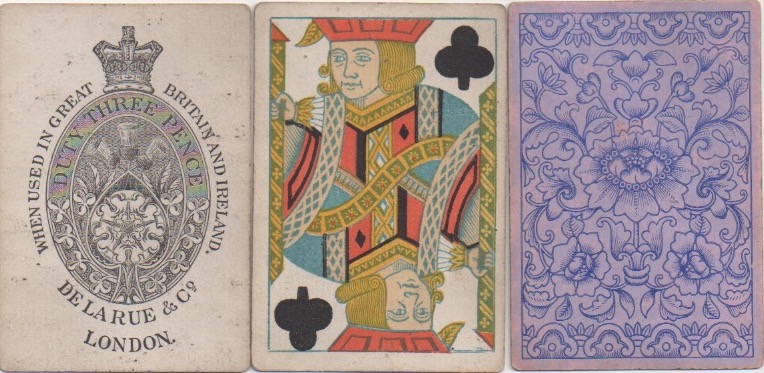
Above: D4.1, unnamed design, c.1862-65
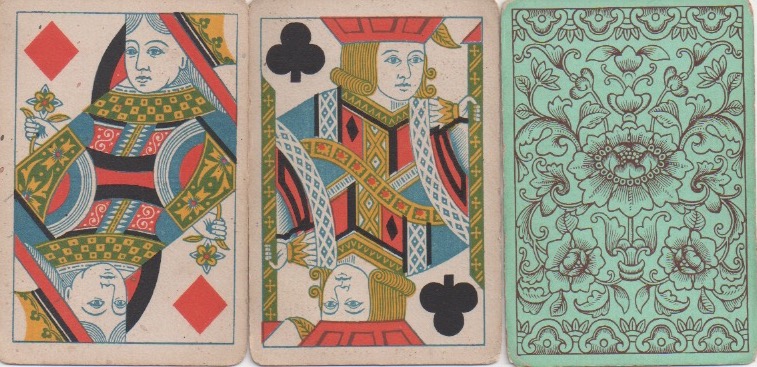
Above: D6, one-way numbers, unnamed design, c.1870-75
For an exercise in dating some Goodall packs, see page 12►
Here are some details relating to the immediate post-war period. Since any De La Rue or Goodall pack with Waddington courts or Goodall courts with a Waddington AS must date from after 1942, it's quite useful to try to work out some of the details of this immediate post-war period. We can use all our clues to try to date individual packs. The illustration below gives two examples of packs made for Cosmos lamps from c.1946 (top) and c.1953.
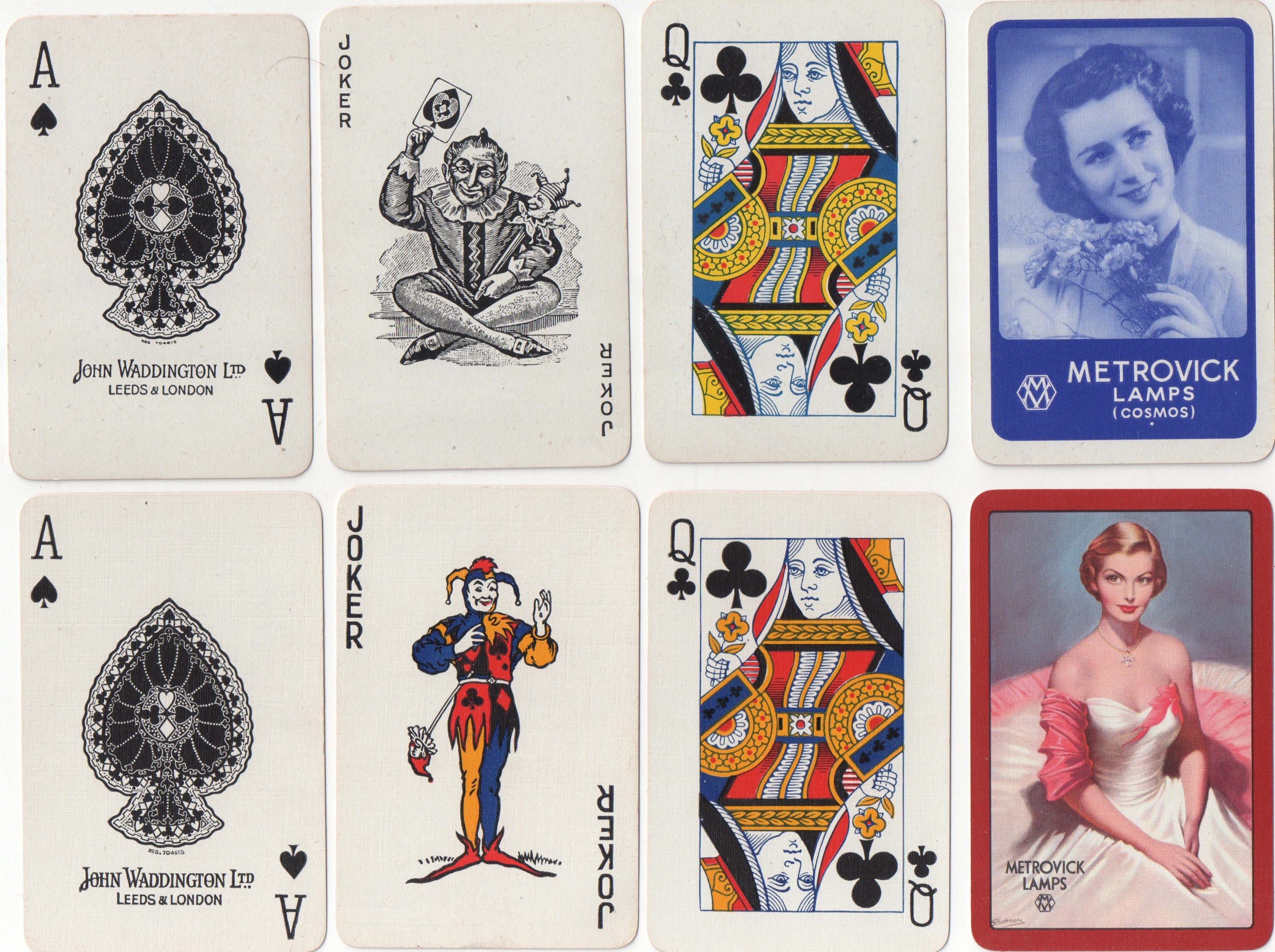
Here in both cases we have Goodall courts (GDW12) with Waddington ASs. Note that the top one has the Goodall joker, whereas the bottom on has a Waddington one. The back design will indicate that the top one is earlier than the bottom one, as the close-permed hair gave way to the softer waves in the early 1950s, and the ample skirt in the bottom example reflects the New Look, a fashion that arrived in England in 1950, though the restrictions on clothing materials meant it was far from widespread to start with. So, we end up with the approximate dates I gave above. The bottom pack has only one joker, which suggests early 1950s before the canasta craze got a hold. (Yes, I know one of the jokers could have gone awol!)
However, since back designs, in particular, can be deceptive, it's useful to have a further indicator. In John Berry's book on the Waddington archive he gives a list of the detailed variation of the standard Waddington AS, but there's one feature he's missed. It must also be remembered that plates wore out quickly, so there are many redrawings of even one version. There is a difference in the marks at the bottom of the large spade design: one pair is roughly ( -, the other is - ), as illustrated below.

You can see from this close-up that the registration number and maker's name are different in each case. The left-hand type is the original one, so aces from the 1920s and 1930s have this characteristic; the one on the right was introduced in c.1935 when the redrawn courts, W3, were introduced and post-war is only found with Goodall courts or with the turned W3.2 courts in convex packs. The left-hand one is also found with Waddington's own post-war courts (W5.4, W5.5 and W5.6) in cheap-grade packs such as No.1, up until c.1970. This is a subtle difference, but may help with dating, if all else fails.
A good example of backs being used before and after the war is provided by the Cosmos packs below, and they also show how courts and ASs could be interchanged when Waddington was printing all the cards.
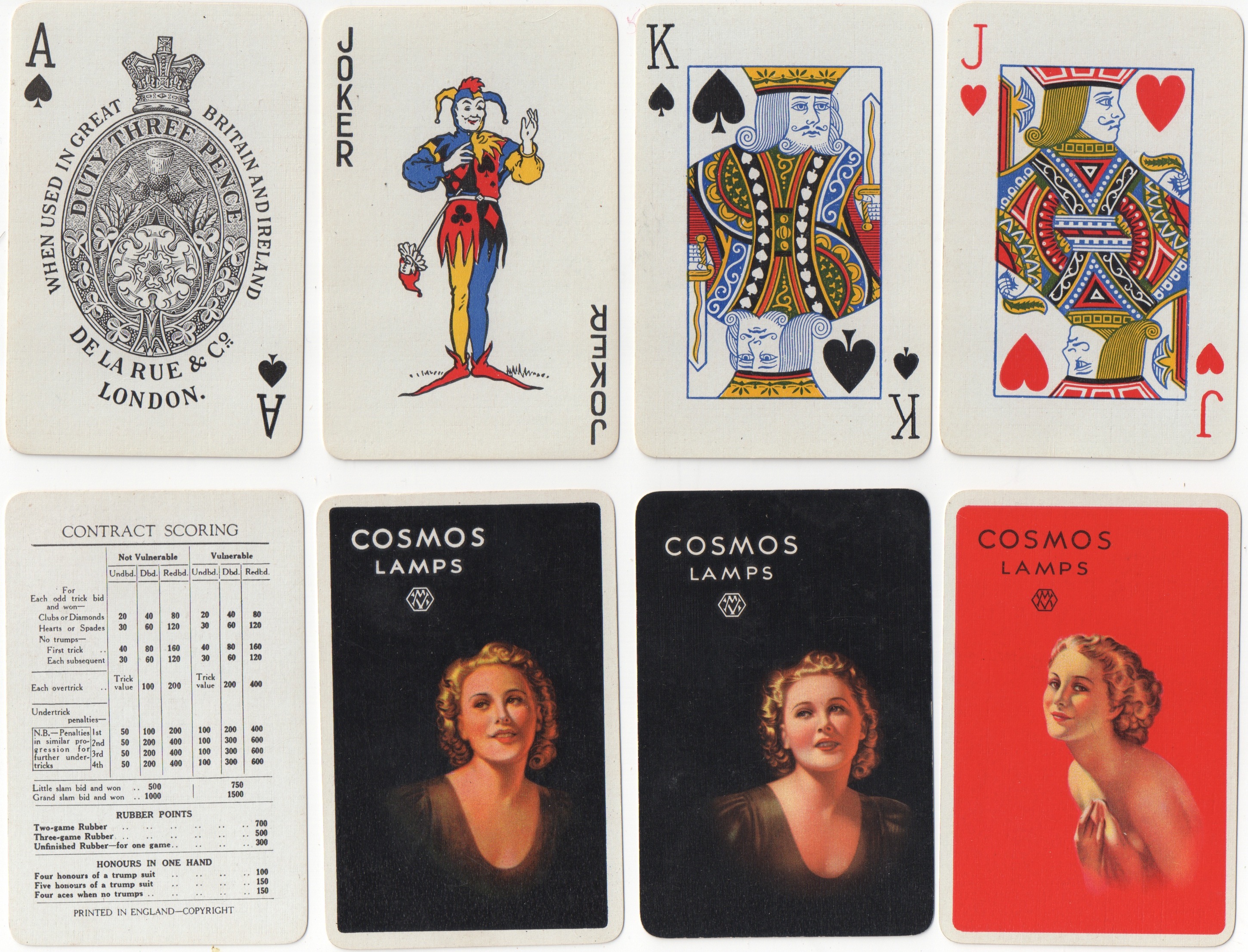
Here are the W3 courts with a large De La Rue AS (still with a reference to Ireland on it) from c.1946. The bridge score card is unusual, as it is based on earlier Goodall ones, but did not survive for long; I've never seen one in any other Waddington-produced packs from this period. The red and the black backs with a white border date from this time. The borderless back, however, is by Universal from c.1938. Presumably, just after the war with all the shortages, commercial artwork was at a premium and not to be wasted, if at all possible. So the back design of the later cards produced by Waddington is misleading in that it represents the style of the 1930s, not post-war Britain.
By Ken Lodge
United Kingdom • Member since May 14, 2012 • Contact
I'm Ken Lodge and have been collecting playing cards since I was about eighteen months old (1945). I am also a trained academic, so I can observe and analyze reasonably well. I've applied these analytical techniques over a long period of time to the study of playing cards and have managed to assemble a large amount of information about them, especially those of the standard English pattern. About Ken Lodge →

Related Articles
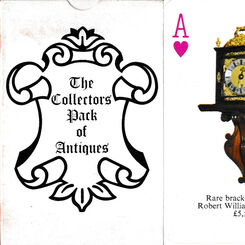
Collectors pack of Antiques
Collectors pack of Antiques playing cards published by Collectors Cards, Abertillery, South Wales, c...
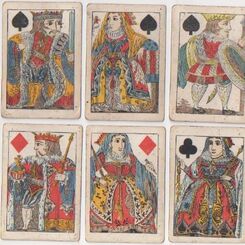
69: My Collection
This is an archive list of my collection. I hope it will be of use and interest to others.
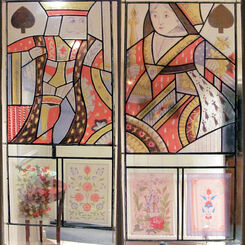
68: Playing cards in glass
My wife and I have recently commissioned a unique pair of stained glass windows for our home.
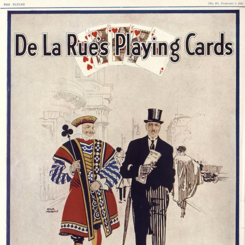
67: Adverts and related material after 1900
The final page of material relating to playing cards from British periodicals.

59: Owen Jones (1809-74) and De La Rue
A selection of examples of Owen Jones's artwork printed by De La Rue.
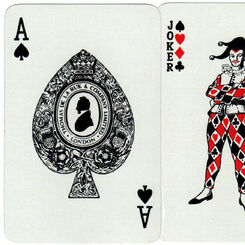
When three brands merge...
After De la Rue factories were bombed in 1940 their cards were printed by Waddingtons. In 1962 Waddi...
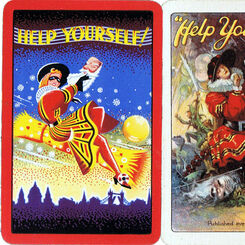
Help Yourself Society
The “Help Yourself” Society was formed in 1927 to run fundraising activities for hospitals.

49: De La Rue in detail
A detailed presentation of the variants of De La Rue's standard cards.
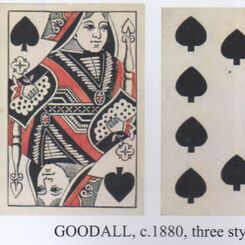
39: Mixed Packs
A number of mixed packs appear for sale from time to time, but it's important to sort out what is me...

33: Functional Changes to Playing Cards
The emphasis throughout my collecting has been on the design of the courts cards, and it should be p...
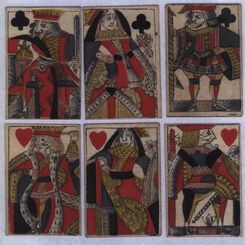
30: The Not-So-Minor Cardmakers of the 19th Century - Gibson, Hunt & Bancks
A preliminary look at the card-makers operating in the 19th century.
![28: How to Analyze and Differentiate Playing Card Plates (De La Rue, Waddington and the Berlin pattern [Französisches Bild]) 28: How to Analyze and Differentiate Playing Card Plates (De La Rue, Waddington and the Berlin pattern [Französisches Bild])](/core/cache-wopc-thumbs/var/www/wopc/production/www/images/contributors/kenlodge/4889-analyzing-playing-card-plates/JS_D1-D2-D3.4e1c4b9d.jpg)
28: How to Analyze and Differentiate Playing Card Plates (De La Rue, Waddington and the Berlin pattern [Französisches Bild])
My interest in postage stamp variants led me to apply the same principles to playing cards.

26: Playing Cards: Rarity, Value, Dating, Sellers and eBay
Notions like rarity and monetary value are slippery customers and need careful handling. And there a...

17: Waddington, Including some of their Less Common Packs
John Berry's two-volume work on the Waddington archive and collection is a very comprehensive presen...
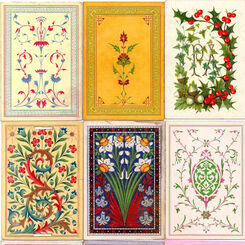
14: Back Designs
A few examples of the many interesting back designs.
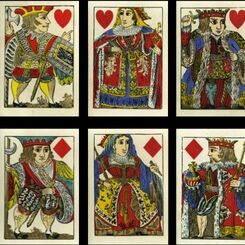
5: De La Rue
In December 1831 Thomas de la Rue was granted his patent for printing playing cards by letterpress.
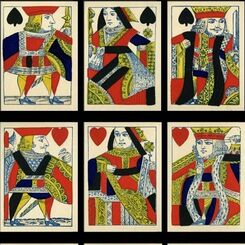
2: Still Collecting Playing Cards at 80
This is a personal account of some of my experiences collecting playing cards.

Amalgamated Playing Card Co., Ltd
Agreement had been reached between Waddington's and De La Rue during the second world war for Waddin...
Most Popular
Our top articles from the past 60 days























